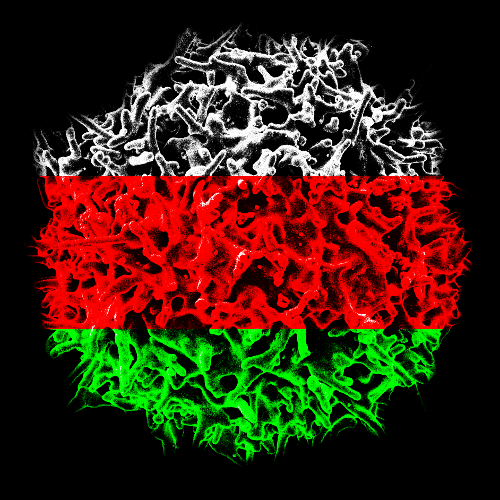Cell fight makes on-screen debut
 Australian researchers have for the first time caught a snapshot of immune cells working to defeat infection.
Australian researchers have for the first time caught a snapshot of immune cells working to defeat infection.
They used state-of-the-art microscopy to capture images of the interactions of three crucial types of immune cells as they rally to destroy herpes simplex virus.
“This is the first time that we can see all of these immune cells at once responding to an infection,” said research leader Dr Scott Mueller from the University of Melbourne.
“Dendritic cells, killer T cells and helper T cells need to interact to start an immune response, but we don’t know how and when they provide signals to each other.
“Our images reveal the dynamic choreograph they perform to swap signals.
“We don’t yet know how to make good vaccines against many diseases, but with this new knowledge, we may be able to direct vaccines in new, more targeted ways.”
Although the researchers only looked at one virus, the process is thought to be the same for any pathogen – whether it is HIV, malaria, bacteria or something else.
The cells, labelled in different colours, were examined in live tissue under a very powerful microscope. Hundreds of photographs were stitched together to make a moving image of the process occurring.
The cells are about one-quarter the width of the average human hair and the images were magnified 400 times.
The killer T cells (dyed white), helper T cells (dyed green) and dendritic cells (dyed red), play a crucial role in protecting the body from unwanted invasions, but very little is known about how they organise the attack.
The research unlocks crucial information about how these immune cells talk to one-another and work together to defeat the hostile invader. The exciting insight opens the door to development of next-generation vaccines.
“We are basically in the dark when it comes to what happens in the immune system. We know if you have an infection, immune cells are activated to protect you against getting the infection again. But we really don’t know much about the complex dance that happens between cells,” Dr Mueller said.
The complexity of communication between the cells was of particular interest to the researchers, who thought the interaction would be simpler.
The results have been published in the journal Immunity.








 Print
Print